
Level Control Monitoring Relays and Float Switches
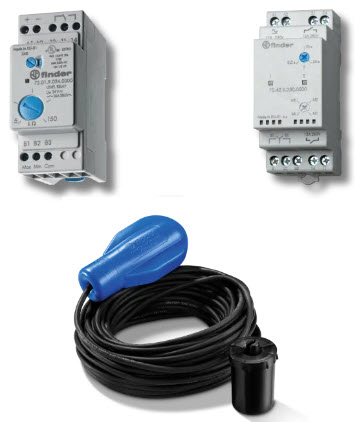
The 72 Series comprises level control relays & Float Switches for conductive liquids
Function & Features: (According to Type)
Applications:
Enquiry Form: https://www.epreston.co.uk/contact/
Home Page: https://www.epreston.co.uk/epblog/

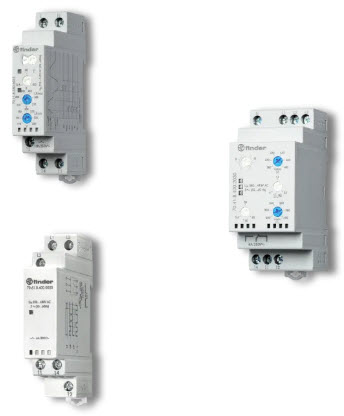
The 70 Series comprises a range of multifunction devices that allow monitoring of undervoltage and overvoltage, phase sequence and phase failure.
Function & Features: (According to Type)
Applications:
Enquiry Form: https://www.epreston.co.uk/contact/
Home Page: https://www.epreston.co.uk/epblog/

Bulgin announce the launch of Waterproof USB Connectors. The Series 20 range of connectors builds on their existing rugged range of USB connectors.
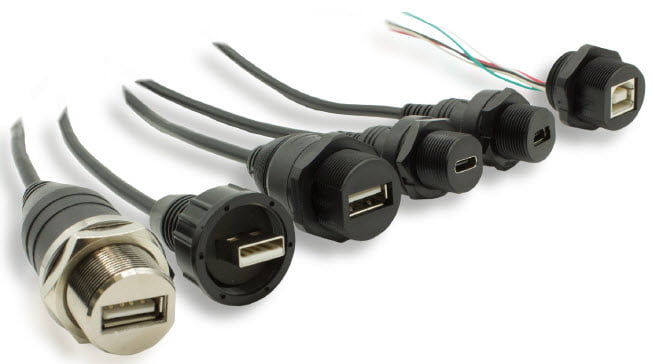
The 20 Series Waterproof USB Connector range, in conjunction with their other panel mount USB connectors, gives engineers and users the opportunity to protect critical components.
Enquiry Form: https://www.epreston.co.uk/contact/
Home Page: https://www.epreston.co.uk/epblog/

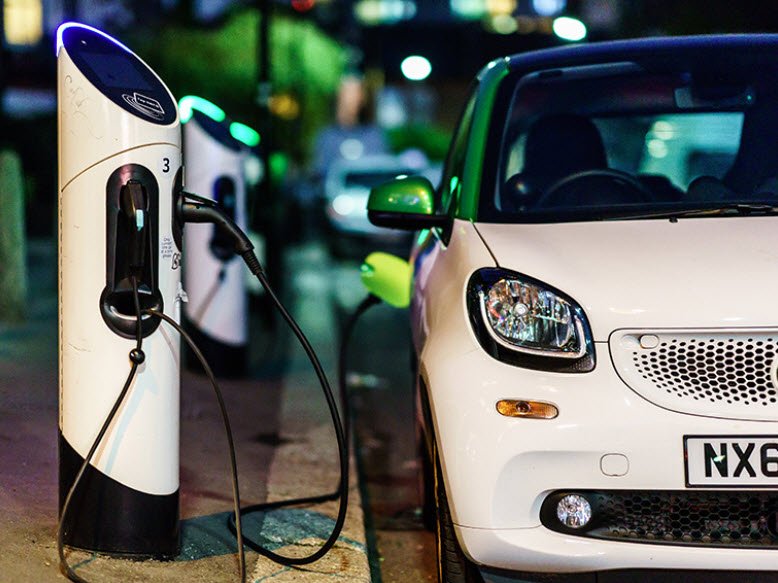

Alternative energy sources are a topic of considerable interest and growth, and this innovative sector is one of the first areas to utilise our sensing solutions.

Our Reed Relays used in Solar Inverters increasing solar panel efficiency, they are also a key component in Fast Charging for electric/hybrid vehicles.
We supply other types of renewable energy producers too, from Float Switches that measure levels in rainwater harvesting tanks and Level Sensors used in steam generators.
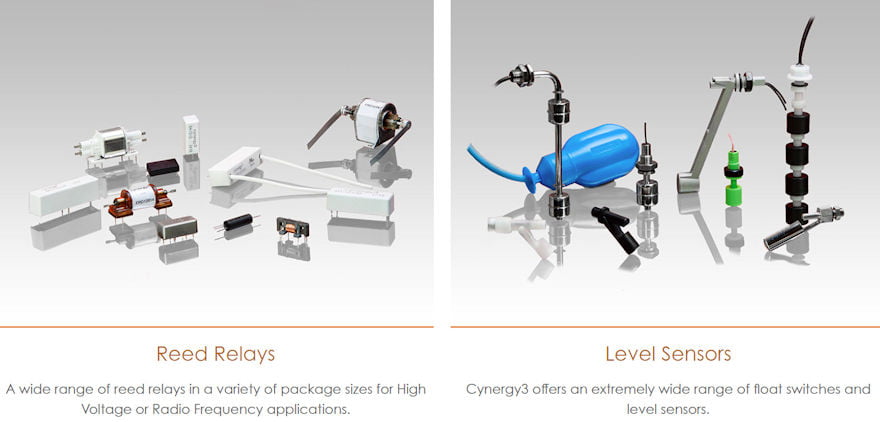
Enquiry Form: https://www.epreston.co.uk/contact/
Home Page: https://www.epreston.co.uk/epblog/


Finder’s range of relays and components
for marine applications includes: high
corrosion resistance and high performance
with operational longevity and reliability,
approved products for the management and
maintenance of equipment on board, lighting
control and cargo monitoring systems,
solutions to improve comfort inside cabins and
much more.
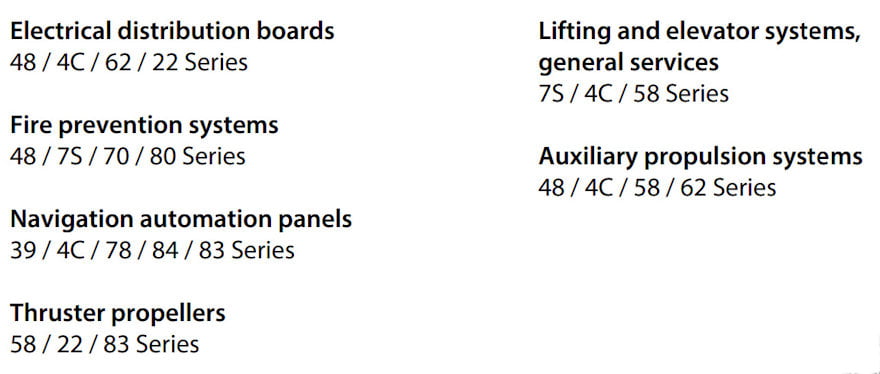
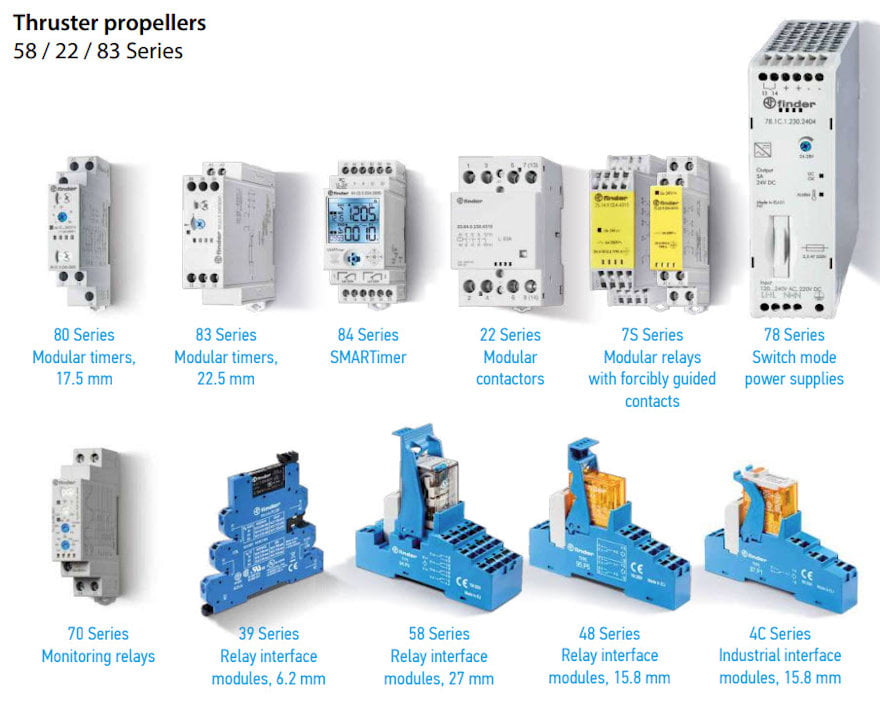
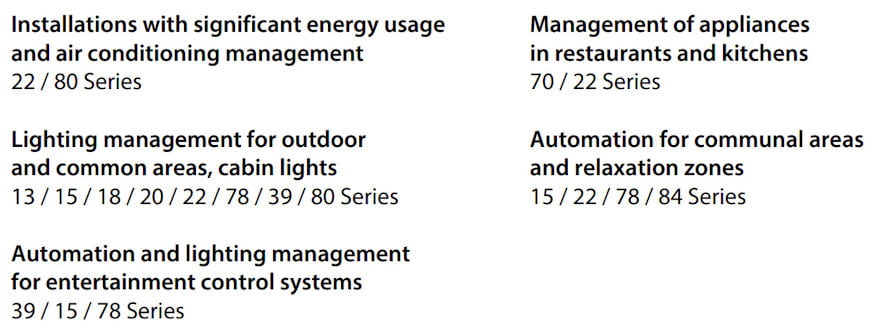
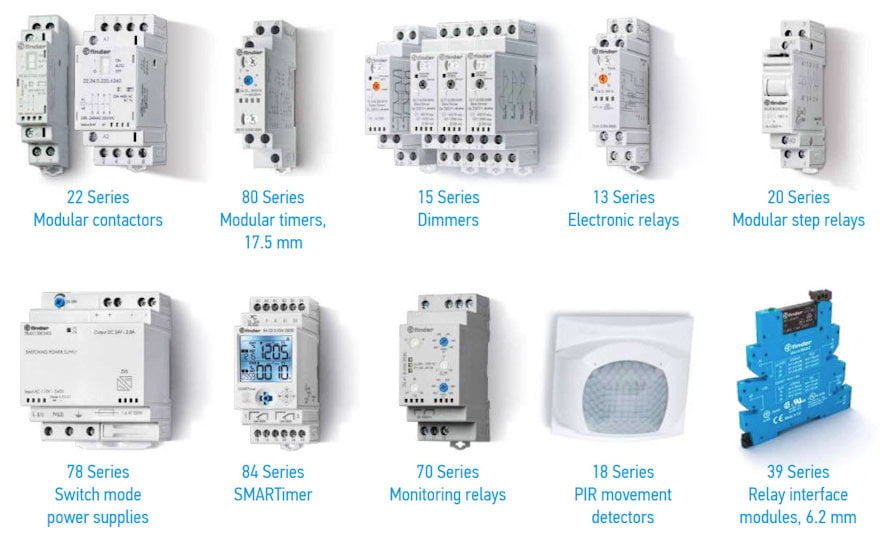

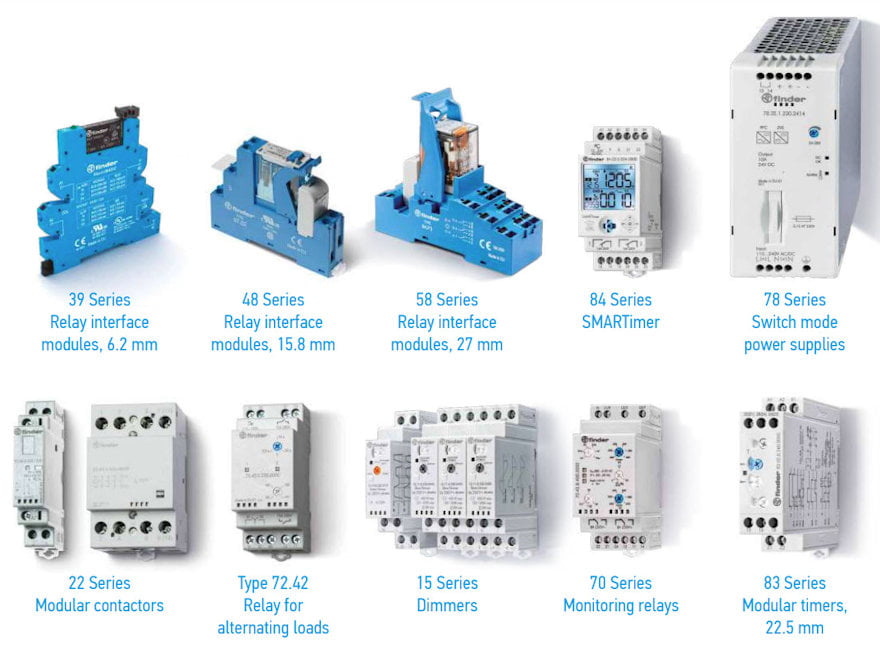
Enquiry Form: https://www.epreston.co.uk/contact/
Home Page: https://www.epreston.co.uk/epblog/


Relays used for railway rolling stock are subject
to increasingly higher technical demands – such
as the need for wider operating ranges; higher
resistance to shock and vibration; operation over
a wider range of temperature and humidity; and
above all, the fire resistance properties of the
relay’s constituent parts.
The resistance against random vibrations and shock of the relays and their sockets and accessories is in compliance with the prescription of EN 61373 standard for Category 1, Class B products.
Their resistance to temperature and humidity is in compliance with the prescription of EN 50155 standard, TX class (for relay and sockets) or T1 class (for timers and control relays).
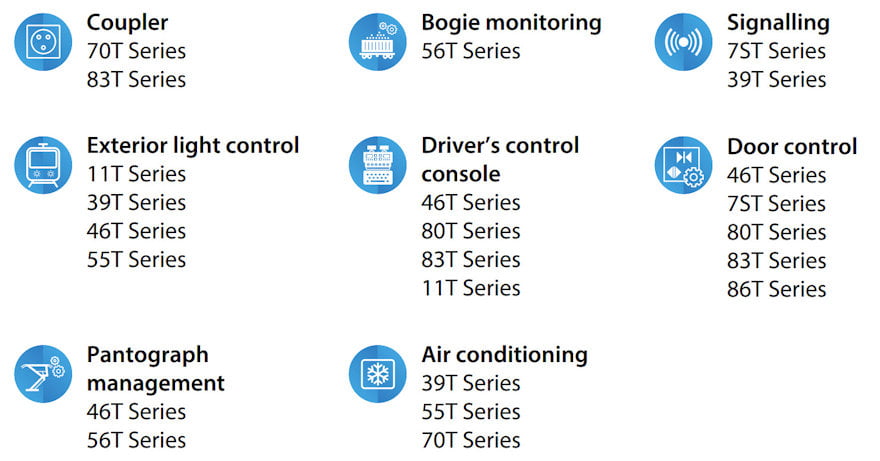
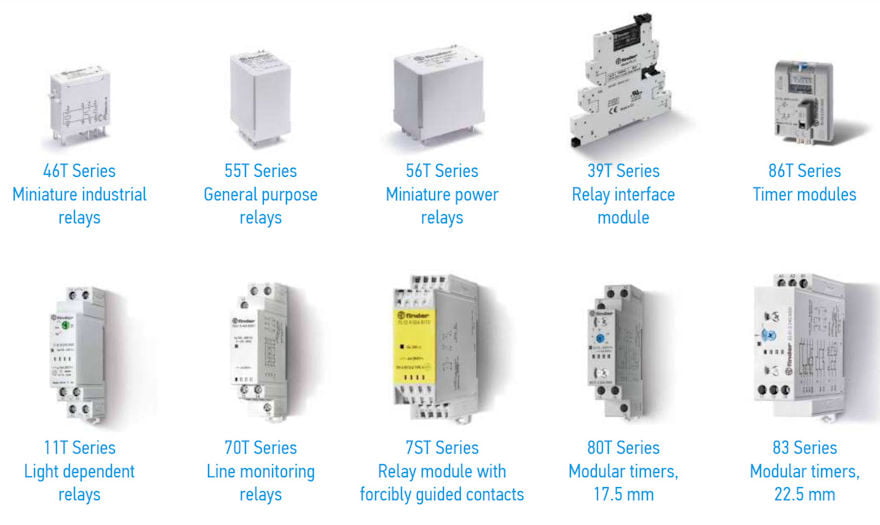
The relays and their sockets and accessories are manufactured using specific insulating materials, which satisfy the requirement R26 of fire protection prescribed by the standard EN 45545-2 +A1:2016 for product category EL10.
The requirement R26, for Hazardous levels HL1 to HL3, is the conformity to V0 class following vertical small flame test according to EN 60695-11-10.
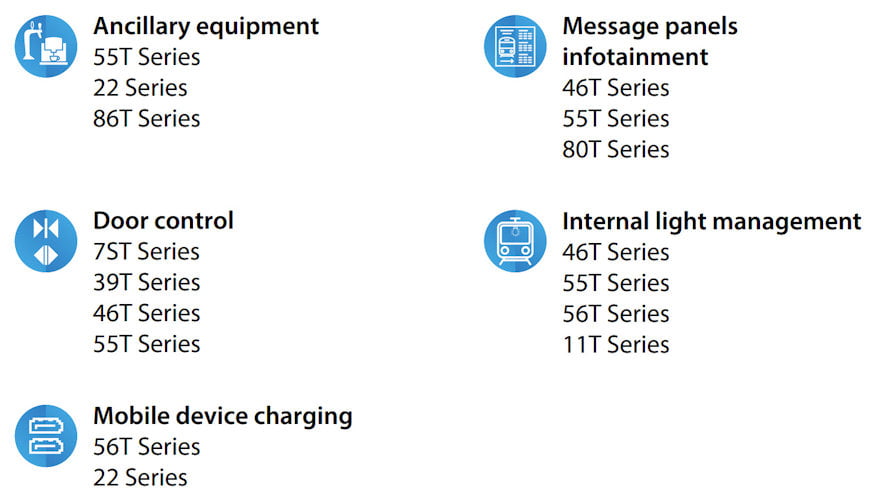
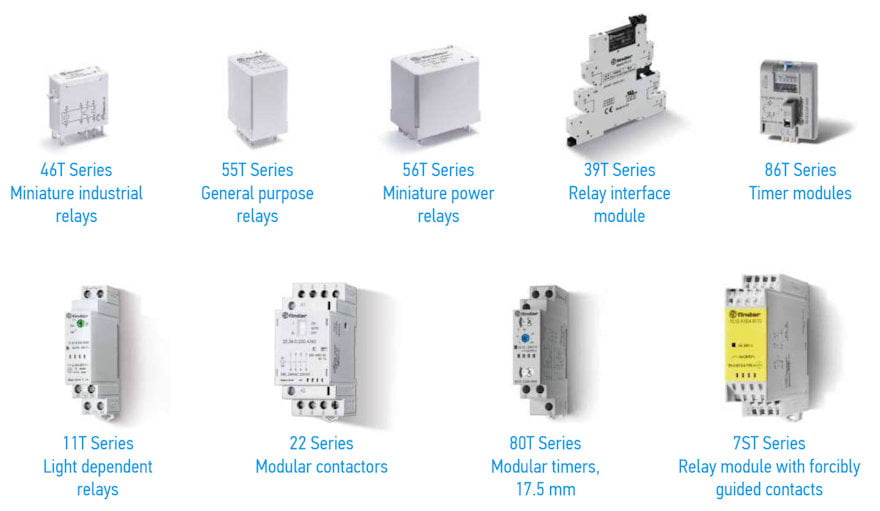
Enquiry Form: https://www.epreston.co.uk/contact/
Home Page: https://www.epreston.co.uk/epblog/
E. Preston (Electrical) Ltd was established in 1980 as a specialist distributor of switches and electrical components. Beginning with only 3 franchises the company currently has over 40 different franchises and holds approximately half a million pounds worth of stock.
Now in the third generation of family ownership E Preston Electrical continues to grow and build on traditional values.
“We work hard for our customers to get the best products at the best prices while providing exceptional customer service. We always do what we say we will, even if that is just a call back,” says Mark Preston, MD.
This is a principle that was rooted in the business from its inception over 30 years ago by founder, and grandfather to the current directors, Ernest Preston.
Although there is still a great emphasis on these traditional values the company has embraced new technology in all of its business operations and now launches a new digital venture. The new interactive e-shop eprestononline.co.uk is aimed at increasing accessibility to existing and new customers.
“We have access to the latest technology from our suppliers,” says Matthew Preston, sales director. “We want to make dealing with E Preston as easy as possible. We will continue to visit new and existing customers, and speak to them on the telephone, but with eprestononline we can offer them access to our company whenever they want.”
 The new eShop will allow customers to log in to their own portal to view orders, print off documents such as acknowledgements and invoices, and allows them to place repeat orders. Data sheets and supplier catalogues will also be readily available.
The new eShop will allow customers to log in to their own portal to view orders, print off documents such as acknowledgements and invoices, and allows them to place repeat orders. Data sheets and supplier catalogues will also be readily available.
The company believes it maintains its position as a traditional company - or more appropriately, a modern company with traditional values.
Enquiry Form: https://www.epreston.co.uk/contact/
Home Page: https://www.epreston.co.uk/epblog/
E. Preston (Electrical) Ltd announces its 40th anniversary as a specialist distributor of switches and electrical components.
E Preston was established by its original founder Ernest Preston, from which the company gained its name. It began with three people and only three franchises. The company quickly grew and has maintained healthy growth over the last 40 years. Now into the third generation of family ownership, the company employs 20 people and has over 50 franchises, consisting of 100,000s of parts.
Since its inception in 1980, the company has not only grown its offering but also its customer base too. Customers range from sole traders to major PLCs in every sector from transport, defence, and medical to refrigeration, vending and renewable energy. The reason for its continued growth and success is because of its emphasis on the customer.
“E Preston has experienced exceptional growth and development over the past 40 years,” said Mark Preston (Managing Director). “At E Preston our greatest strength is our relationship with our customers. Our focus has always been, and will continue to be, on offering our customers the products they need at the best possible prices. We go the extra mile to make sure that we provide exceptional service and make the whole process as simple as possible.”
Over the past 40 years, E Preston has been successful at evolving and changing to stay ahead of other electrical distributors.
The company works collaboratively with its customers to be a partner in the supply chain process, providing a number of general and bespoke supply solutions such as buffer stock, kit supply and forward ordering. The company’s most recent service is an online ordering platform called eprestononline, which allows customers to browse products, view statements and invoices, and order online.
The E Preston team consists of experienced internal and external sales professionals who can offer technical advice, advise on alternative or new products, provide samples and visit on-site to discuss potential applications and solutions.
For more information on E Preston, to make an enquiry or to place an order online please visit http://www.eprestononline.co.uk.
Enquiry Form: https://www.epreston.co.uk/contact/
Home Page: https://www.epreston.co.uk/epblog/
There are a few inventions that we often take for granted. The indicator light is a perfect example of an unsung hero in the engineering world. Though it’s a simple little component it performs a role we simply couldn’t do without and is used in countless applications. The indicator light is our gateway to understanding the state of the machinery we interact with day in day out; it’s essential for condition monitoring and health and safety, and for that reason it seems it’s about time it got a bit of recognition for the essential work it does!
LED Indicator Lights
The most common form of indicator light these days is the LED indicator light, although more traditional incandescent light indicators are still used and available. LEDs were first developed as replacement indicator lights for incandescent and neon indicator lamps. LEDs were developed in 1962 by Nick Holonyak Jr who is widely considered to be the father of the LED. Originally LEDs were expensive to manufacture, costing around $200 per unit so had very little application, but by 1968 the lights had been developed so that LEDS could start to be widely used. They were installed in various pieces of equipment as indicator lights.
The technology which led to cheaper LED lights being developed has now advanced so that LED lights can be used for everyday lighting as well as in machinery. LEDs are set to be the next big thing in public and domestic lighting in the next couple of decades.
Why We Couldn’t Live Without Indicator Lights
Indicator lights let us know what’s going on inside equipment and this equipment can be as trivial as a games console or as important as an aeroplane. If the indicator lights fail on your favourite console nobody is going to die, but in a plane or car it could be different story. We rely on these little lights to warn us if our brake fluid is low or to let our pilot know the plane has sufficient fuel. In industry we use indicator lights to let us monitor the state of our machinery so we can decrease downtime and increase efficiency. In the office an indicator light can monitor our energy use and help us become more eco-friendly.
Indeed, CMD offer a new ‘footprint system’ which helps offices monitor energy use and this relies heavily on the indicator light. Indicator lights let us know when something is wrong and when everything’s going right and without them the world would be far less efficient place.
So next time your indicator light flashes up take a second to value its role in our work and daily lives, it really is something we couldn’t live without.
Written by Ed from CMD Ltd. A leading supplier of power distribution units and power management systems online.
.
Enquiry Form: https://www.epreston.co.uk/contact/
Home Page: https://www.epreston.co.uk/epblog/
© E. Preston (Electrical) Ltd 2025.
UK distributor of electrical and electronic components.